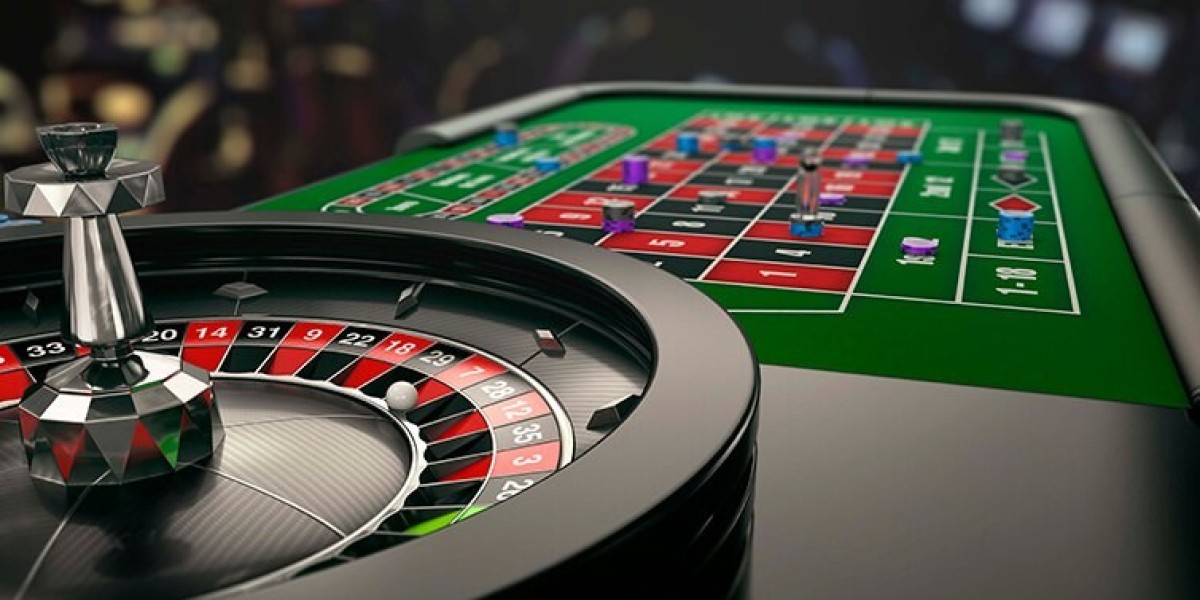In recent years, the lighting industry has undergone a significant transformation, with a growing emphasis on sustainable lighting design. This shift is driven by the need to reduce energy consumption, minimize environmental impact, and create healthier living spaces. But what exactly does sustainable lighting design entail, and how is the industry adapting to these changes?
Understanding Sustainable Lighting Design
Sustainable lighting design focuses on creating lighting solutions that are energy-efficient, environmentally friendly, and socially responsible. This approach not only reduces the carbon footprint but also enhances the quality of light in our living and working environments. Key elements of sustainable lighting design include:
- Energy-efficient light sources
- Smart lighting controls
- Use of natural light
- Recyclable and non-toxic materials
Energy-Efficient Light Sources
One of the most critical aspects of sustainable lighting design is the use of energy-efficient light sources. LED (Light Emitting Diode) technology has revolutionized the industry by providing long-lasting, low-energy lighting solutions. LEDs consume significantly less power compared to traditional incandescent bulbs and have a longer lifespan, which reduces waste and maintenance costs.
Smart Lighting Controls
Smart lighting controls are another essential component of sustainable lighting design. These systems allow users to adjust lighting levels based on occupancy, daylight availability, and specific needs. By optimizing light usage, smart controls help reduce energy consumption and enhance user comfort. For instance, the Smart Lighting Control System offers advanced features such as motion sensors and automated dimming, making it an ideal choice for eco-friendly lighting solutions.
Utilizing Natural Light
Integrating natural light into building designs is a fundamental principle of sustainable lighting design. By maximizing the use of daylight, architects and designers can reduce the need for artificial lighting, thereby conserving energy. Techniques such as skylights, light shelves, and reflective surfaces help distribute natural light more effectively within indoor spaces.
"Natural light not only saves energy but also improves the well-being and productivity of occupants."
Recyclable and Non-Toxic Materials
In addition to energy efficiency, sustainable lighting design also emphasizes the use of recyclable and non-toxic materials. This approach ensures that lighting products have a minimal environmental impact throughout their lifecycle. For example, the Eco-Friendly Lighting Fixture is made from recycled materials and is free from harmful chemicals, making it a sustainable choice for environmentally conscious consumers.
The Impact of Sustainable Lighting Design on the Environment
The adoption of sustainable lighting design has far-reaching benefits for the environment. By reducing energy consumption, these designs help lower greenhouse gas emissions and decrease the demand for fossil fuels. Moreover, the use of eco-friendly materials and technologies minimizes waste and pollution, contributing to a healthier planet.
Case Study: A Sustainable Lighting Project
One notable example of sustainable lighting design in action is the Green Office Building project. This initiative incorporated energy-efficient LEDs, smart lighting controls, and extensive use of natural light to create a highly sustainable workspace. The project not only achieved significant energy savings but also received accolades for its innovative approach to eco-friendly lighting.
Conclusion
As the world continues to grapple with environmental challenges, the importance of sustainable lighting design cannot be overstated. By embracing energy-efficient technologies, smart controls, and eco-friendly materials, the lighting industry is making significant strides toward a more sustainable future. Whether you are a homeowner, business owner, or designer, adopting sustainable lighting practices can make a meaningful difference in reducing your environmental impact and creating healthier, more comfortable spaces.
For more information on sustainable lighting design and to explore eco-friendly lighting products, visit our website.
References









